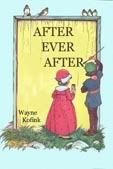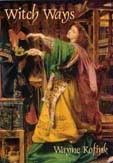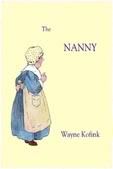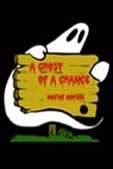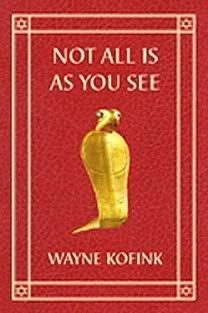FIRST VESPERS, FIRST SUNDAY OF ADVENT
Creator of the stars of night,
Your people’s everlasting light
Jesus, Redeemer, save us all,
And hear your people when they call.
7th century hymn translated by John Mason Neale
Advent begins again tonight, Saturday. It is a time for reflection, hopefully a respite from the insanity of what people call “The Holidays.”
I am reading a favorite Christmas book, Jostein Gaarder The Christmas Mystery. Although it has a young boy as the protagonist, I’m not sure it is really a book for children. It would work for teens, but they might be put off by a little girl chasing a lamb. The truth is this is a very complex, sophisticated book. There is the story of Joachim and his family who each day open a door in the mysterious Advent calendar. There is the story of Elisabet Hansen who travels from Norway to Bethlehem and from the present back to the time of the birth of Christ collecting on her pilgrimage four shepherds, three Wisemen, five angels, Quirinius the Governor of Syria, Augustus the Emperor of Rome, an inn keeper, and seven sheep. There is also the story strange flower seller, John, who made the calendar. Then there is the story of Elisabeth Hansen who may be Elisabet Tebasile who may be the Elisabet of the Advent calendar story even though she says she isn’t.
Confused? What do you expect from a book by a former philosophy teacher. Here’s an example of the story. Watch carefully what the Wiseman Caspar says. The first speaker is the Angel Impuriel, something of a wise-guy.
“God created only one Adam and one Eve as well. They were little children who played hide and seek in the Garden of Eden. For there was no point creating a Paradise if there were no children who could play hide and seek in it. But then those two little rascals ate the fruit of the Tree of Knowledge, and they grew up. That was the end of playing in the world, but only for a short while. Soon grownup Adam and grownup Eve had children of their own, and the grandchildren. In this way, God made sure there would always be plenty of children in the world. There is no point in creating the whole world if there are no little children to keep on discovering it. That’s how God goes on creating the world over and over again. Her will never quite finish, for new children keep on arriving, and they discover the world for the very first time, Yes indeed!”
The two Wise Men looked at one another.
‘Well, well!” said Balthazar.
And Caspar added, “This explanation is perhaps a little dubious. But all good stories may be understood in at least two or three ways, and only one story can be told at a time.”
All good stories can be understood in at least two or three ways–that is a deep idea, but essential for anyone who wishes to understand Holy Scripture.
Around 2700 years ago the prophet Isaiah spoke to Israel.
For a child has been born for us, a son given to us;
authority rests upon his shoulders;
and he is named Wonderful Counselor, Mighty God,
Everlasting Father, Prince of Peace.
His authority shall grow continually,
and there shall be endless peace
for the throne of David and his kingdom.
He will establish and uphold it with justice
and with righteousness
from this time onward and forevermore.
The zeal of the LORD of hosts will do this.
Isaiah 9:6-7
The people of Israel understood this in one way. A few hundred years later the Jews in exile understood it in another way. And a few hundred years later Christians understood it in still another as a prophecy of the coming of Jesus. That is the beauty and mystery of God’s revelation, always the same, but always new.
I don’t expect to be chasing a little lamb on my Advent pilgrimage, but who knows. May the Lord bless you on your journey and gret you on your arrival.
Come, Lord Jesus!
The picture at the head of the blog is of a quilt on the blog FRIARside Chats Hosted by the Office of Vocations, Franciscan Friars (OFM), Province of St. Barbara, serving the western USA
friarsidechats.blogspot.com/
12306





